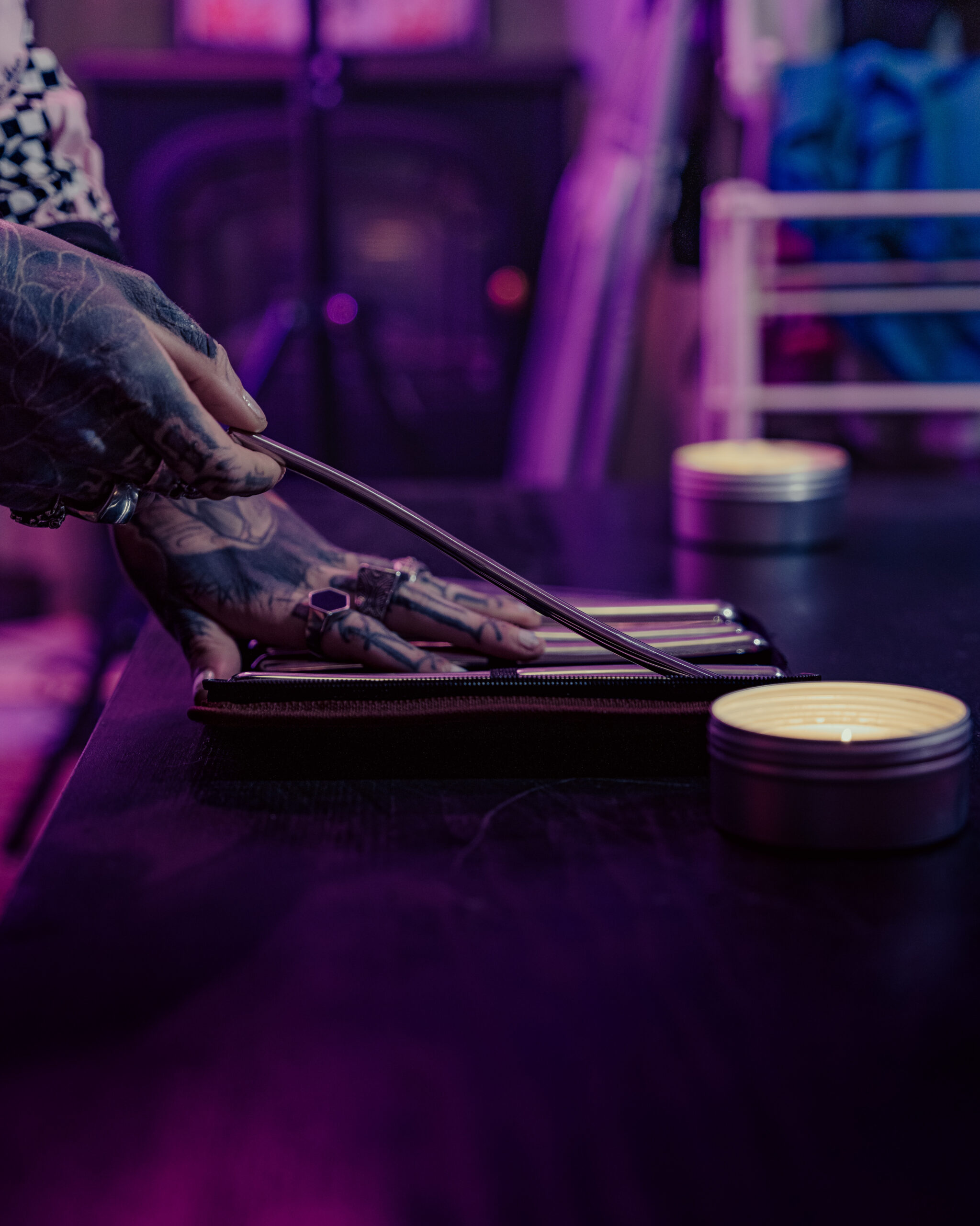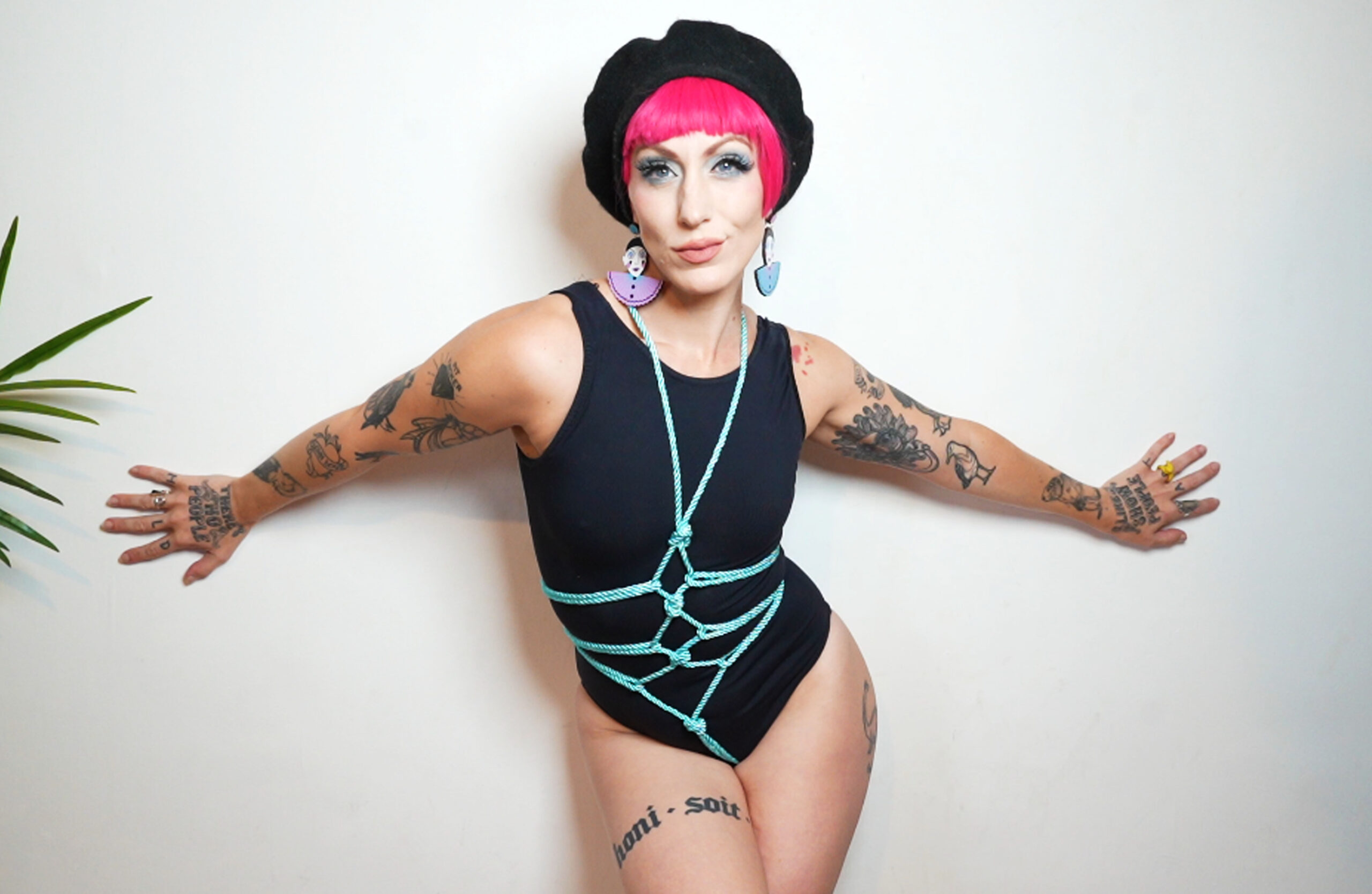Navigating Societal Expectations

Society often dictates rigid roles and expectations based on gender, and these norms can create unique challenges for individuals who identify as gender fluid. Navigating the complexities of dating while existing outside of traditional binary constructs requires resilience, self-awareness, and a willingness to challenge societal assumptions.
Gendered Dating Norms
Gender fluid individuals experience dating in a way that differs significantly from those who identify strictly within the gender binary. Traditional dating norms, often rooted in centuries-old expectations, rely on assumptions about masculine and feminine behaviors, appearances, and preferences. These pre-conceived notions can make it difficult for gender fluid people to find partners who understand and accept their fluidity.
One of the primary challenges stems from the difficulty in communicating one’s gender identity effectively. Dating apps and profiles often require users to select a binary gender option, forcing individuals to choose a label that may not accurately reflect their experience. This can lead to awkward or mismatched interactions when someone’s presentation doesn’t align with their chosen label.
Furthermore, societal expectations around gendered roles in relationships can also pose a challenge. Gender fluid individuals may face pressure to conform to traditional expectations regarding who initiates contact, how they express affection, or what responsibilities they assume within the relationship. This can create tension and frustration if one’s desires and boundaries don’t align with these ingrained societal norms.
Assumptions and Misunderstandings
Misunderstandings are another hurdle that gender fluid people often encounter in dating. Assumptions about their pronouns, interests, or even physical appearance can lead to awkward situations and misinterpretations. It requires constant effort to educate potential partners about gender fluidity and patiently navigate these missteps.
Overcoming these challenges necessitates self-acceptance and a willingness to challenge societal norms. Gender fluid individuals should prioritize dating partners who are open-minded, respectful, and willing to learn about their experiences. Building a supportive community of like-minded individuals can also provide a sense of belonging and understanding.
Communication Challenges
Society often dictates rigid roles and expectations based on gender, and these norms can create unique challenges for individuals who identify as gender fluid. Navigating the complexities of dating while existing outside of traditional binary constructs requires resilience, self-awareness, and a willingness to challenge societal assumptions.
Expressing Gender Identity
#SexyHalloween @trixieblueburlesque! 🌑” frameborder=”0″ allow=”accelerometer; autoplay; clipboard-write; encrypted-media; gyroscope; picture-in-picture; web-share” referrerpolicy=”strict-origin-when-cross-origin” allowfullscreen>
Gender fluid individuals experience dating in a way that differs significantly from those who identify strictly within the gender binary. Traditional dating norms, often rooted in centuries-old expectations, rely on assumptions about masculine and feminine behaviors, appearances, and preferences. These pre-conceived notions can make it difficult for gender fluid people to find partners who understand and accept their fluidity.
One of the primary challenges stems from the difficulty in communicating one’s gender identity effectively. Dating apps and profiles often require users to select a binary gender option, forcing individuals to choose a label that may not accurately reflect their experience. This can lead to awkward or mismatched interactions when someone’s presentation doesn’t align with their chosen label.
Furthermore, societal expectations around gendered roles in relationships can also pose a challenge. Gender fluid individuals may face pressure to conform to traditional expectations regarding who initiates contact, how they express affection, or what responsibilities they assume within the relationship. This can create tension and frustration if one’s desires and boundaries don’t align with these ingrained societal norms.
Misunderstandings are another hurdle that gender fluid people often encounter in dating. Assumptions about their pronouns, interests, or even physical appearance can lead to awkward situations and misinterpretations. It requires constant effort to educate potential partners about gender fluidity and patiently navigate these missteps.
Overcoming these challenges necessitates self-acceptance and a willingness to challenge societal norms. Gender fluid individuals should prioritize dating partners who are open-minded, respectful, and willing to learn about their experiences. Building a supportive community of like-minded individuals can also provide a sense of belonging and understanding.
Finding Shared Understanding
Finding shared understanding in language is crucial for effective communication, but it can be particularly challenging when navigating the nuances of gender fluidity. Society often assigns fixed labels and expectations to genders, which can lead to misunderstandings and assumptions when communicating with someone whose gender identity falls outside these traditional norms.
One significant challenge arises from the limitations of language itself. Binary gender terms, like “male” and “female,” fail to encompass the full spectrum of gender identities. This can force individuals to choose labels that don’t accurately reflect their experience, leading to miscommunication and frustration.
Furthermore, societal conditioning shapes how we interpret and respond to language related to gender. Unconscious biases and ingrained stereotypes can influence our understanding of pronouns, expressions, and even body language, creating unintentional barriers to connection.
To bridge this gap, open and honest communication is essential. Gender fluid individuals should feel empowered to clearly articulate their preferred pronouns and how they identify. Potential partners need to approach these conversations with genuine curiosity and a willingness to learn, actively sideways doggy listening and asking clarifying questions to ensure understanding.
Self-Acceptance and Confidence
Society often dictates rigid roles and expectations based on gender, and these norms can create unique challenges for individuals who identify as gender fluid. Navigating the complexities of dating while existing outside of traditional binary constructs requires resilience, self-awareness, and a willingness to challenge societal assumptions.
Internalized Transphobia
Gender fluidity challenges societal norms around gender expression and identity. Internalized transphobia, often unconsciously, can manifest in individuals who identify as gender fluid even if they do not explicitly hold transphobic beliefs. This internalization stems from the pervasive negative messages and stereotypes surrounding gender nonconformity that are ingrained in our culture.
These internalized beliefs can lead to self-doubt, anxiety, and difficulty accepting one’s own fluidity. Individuals may question their identity, fear judgment from others, or struggle to express themselves authentically. They might censor their behavior or appearance to appease societal expectations, leading to feelings of disconnect and inauthenticity.

Overcoming internalized transphobia requires a conscious effort to challenge negative self-perceptions and dismantle harmful stereotypes. Seeking support from LGBTQ+ affirming spaces, engaging with communities that celebrate diversity, and challenging discriminatory language are crucial steps towards self-acceptance and liberation.
Building Self-Esteem in Dating Environments
Dating can be challenging for anyone, but gender fluid individuals often face unique obstacles due to societal norms that reinforce a binary understanding of gender. Self-acceptance is fundamental to navigating these challenges. Embracing your fluidity and recognizing its validity empowers you to seek partners who respect and understand you.
Building confidence in dating environments comes from acknowledging your worth and rejecting the pressure to conform to expectations that may not align with your identity. Focus on your strengths, interests, and what makes you unique.
When communicating your gender identity, be clear and assertive about your pronouns and how you identify. Don’t be afraid to educate potential partners if they seem confused or unsure.
Remember that finding a compatible partner who accepts and celebrates your fluidity is crucial for healthy and fulfilling relationships. It’s okay to prioritize dating individuals who are open-minded, respectful, and willing to learn about gender diversity.
Practical Considerations
Dating presents unique challenges for individuals who identify as gender fluid. Society’s rigid gender binary often creates a framework that can be difficult to navigate, leaving gender fluid individuals searching for connections that validate their identities and experiences.
Coming Out on Dating Apps
One practical consideration is choosing the right dating app. Some apps cater specifically to LGBTQ+ communities, providing more inclusive spaces where users are likely to encounter others who understand and respect gender fluidity. Researching different platforms and reading reviews can help identify apps that align with your values and preferences.
Another important factor is crafting a profile that accurately reflects your identity. Be honest and upfront about your gender fluidity, using language that feels comfortable for you. Consider including photos that showcase your authentic self, avoiding overly masculine or feminine presentation if it doesn’t resonate with you.
When initiating contact, be clear about your pronouns and how you identify. This sets the stage for respectful communication from the outset. Don’t hesitate to educate potential partners who may have questions or misconceptions about gender fluidity. Remember that open dialogue is essential for building understanding.
Finally, prioritize safety and well-being when meeting someone new. Choose public locations for initial dates, let a friend know where you’re going, and trust your instincts if anything feels uncomfortable. Dating should be an enjoyable experience, so focus on connecting with individuals who make you feel safe and respected.
Safety and Privacy Concerns
Practical considerations are essential for gender fluid individuals navigating the dating world. Choosing appropriate platforms like LGBTQ+ focused dating apps can increase the likelihood of finding understanding partners. Crafting a profile that authentically represents one’s identity, including pronouns and preferred terms, is crucial for initial communication.
Safety should always be a priority. Meeting in public places, informing friends about plans, and trusting instincts are vital for ensuring well-being.
Privacy concerns arise from the potential for misgendering or outing on dating platforms. Careful consideration of what information to share publicly is essential.
Finding Community and Support
Finding a partner who understands and accepts gender fluidity can be challenging. Society often struggles to accommodate identities that fall outside traditional binary constructs, making it difficult for gender fluid individuals to find connections that are both meaningful and respectful.
Connecting with Other Genderfluid Individuals
Connecting with other genderfluid individuals is crucial for building a supportive community and finding understanding in the dating world. Online platforms and social media groups dedicated to genderfluid individuals can provide safe spaces to share experiences, offer advice, and build connections.
Local LGBTQ+ centers or organizations often host events and support groups specifically for genderfluid people, offering opportunities to meet like-minded individuals face-to-face.
Attending workshops or conferences focused on gender identity can also provide valuable networking opportunities and connect individuals with resources and support networks.
Building relationships with other genderfluid people fosters a sense of belonging, validates experiences, and provides a source of strength and encouragement as individuals navigate the challenges of dating and societal expectations.
Seeking Therapy or Counseling
Seeking therapy or counseling can be incredibly beneficial for gender fluid individuals facing unique dating challenges. A therapist who specializes in LGBTQ+ issues can provide a safe and confidential space to explore feelings, develop coping mechanisms, and build self-confidence.
Therapy can help individuals process the emotional impact of societal stigma, navigate difficult conversations about their identity with potential partners, and develop strategies for setting healthy boundaries.
A therapist can also offer guidance on how to communicate effectively about gender fluidity with others, helping individuals feel more empowered and comfortable expressing themselves authentically.
Pretty Little Answers
Talking Texture
- Why Ghosting Is More Harmful Than You Realize - June 2, 2025
- Which Lasts Longer, Botox Or Fillers? - June 2, 2025
- Thc Infused Seltzers In Minnesota MN - May 31, 2025
